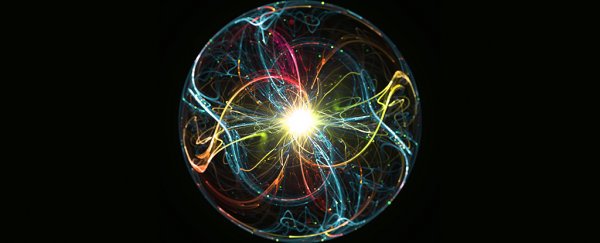The Big Bang is a theory describing the expansion of our Universe from a point of origin roughly 13.8 billion years ago.
This hypothetical starting point of everything was an infinite concentration of energy referred to as a singularity. If you find this hard to picture, don't worry. You're not alone. Physical laws don't deal well with infinite numbers, meaning concepts such as space, time, and a bunch of different forces don't mean a great deal in this tiny 'egg' from which the Universe hatched.
For the first 10^-43 seconds of expansion, this density of energy was so extreme physics can't yet provide a clear description of what was happening.
Roughly 10^-35 seconds after the Big Bang the expansion 'jumped', causing the Universe to grow in size by a factor of roughly 10^50 in a virtual instant. This 'inflation' period helps explain why the Universe's background radiation looks as smooth as it does.
How did the theory of the Big Bang come about?
By the start of the 20th century most astronomers were fairly confident the Universe was static and eternal. Nothing new was being added, and it didn't change in size.
The first real inklings that this 'static model' was wrong came in the form of a discovery by an American astronomer name Vesto Slipher, who in 1912 provided measurements of movements in distant galaxies.
Just over a decade later, a colleague of his named Edwin Hubble added details to these measurements in the form of distances, providing the necessary evidence that convinced Belgian physicist Georges Lemaître that the Universe was expanding.
Logically, a Universe that is growing in size had to come from something smaller, which provided the first suspicions that our Universe started small and dense, and for some reason started to grow.
All topic-based articles are determined by fact checkers to be correct and relevant at the time of publishing. Text and images may be altered, removed, or added to as an editorial decision to keep information current.
